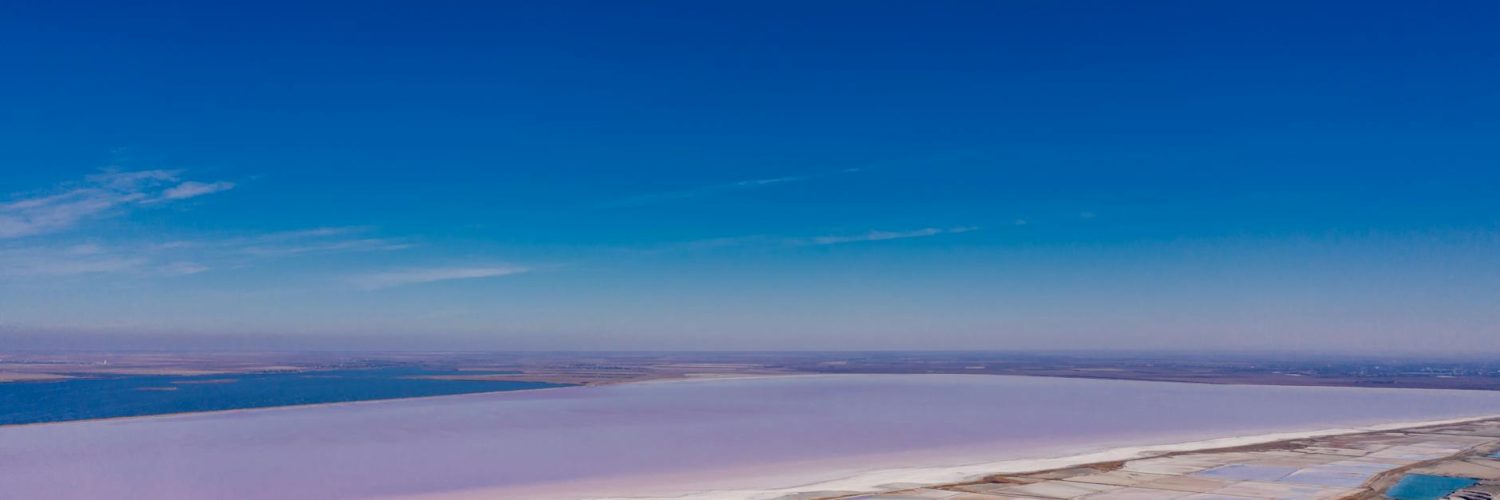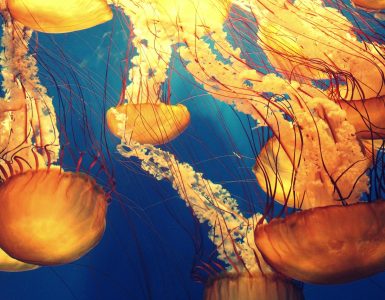Ever feel like you’ve got nature all figured out? Think again. Our planet is a swirling vortex of bizarre adaptations, unexpected behaviors, and downright mind-boggling ecosystems. Forget the nature documentaries you’ve seen – prepare to have your assumptions shattered by some seriously wild truths.
Plants: More Than Meets the Eye
We often see plants as passive, stationary beings, but they’re far from it. Take the Venus flytrap, for example. We know it’s carnivorous, but did you know its “trap” only snaps shut after two trigger hairs are touched in rapid succession? It’s a sophisticated way to avoid wasting energy on accidental closures – a tiny bit of natural engineering marvel.
And speaking of clever plants, have you heard about the exploding cucumber? Yes, you read that right. This plant’s fruit literally explodes when ripe, scattering its seeds with impressive force. It’s nature’s own little ballistic missile, ensuring wider seed dispersal. Mother Nature's Unexpected Party Tricks: Mind-Blowing Revelations from the Wild
Then there are the plants that communicate! Not through words, of course, but through chemical signals. When a plant is attacked by an insect, it can release volatile organic compounds that act as distress signals, warning neighboring plants of the impending danger. These plants then trigger their own defenses, like producing toxins to ward off attackers – a real-life plant SOS system!
Animals: Beyond the Cute and Fuzzy
We often anthropomorphize animals, projecting human emotions and behaviors onto them. But animal behavior is often far stranger and more fascinating than we imagine. Take the humble tardigrade, or “water bear.” These microscopic creatures are practically indestructible! They can survive extreme radiation, dehydration, even the vacuum of space. They achieve this through cryptobiosis, a state of suspended animation that allows them to withstand conditions that would kill almost any other organism. Seriously, these tiny things are superheroes.
Another surprising fact? Many animals use tools. We usually associate tool use with primates, but it’s much more widespread. Octopuses are masters of camouflage and problem-solving and can even open jars to get to their food. Crows are known for complex problem-solving abilities, even planning for the future. And certain species of ants farm fungi – a pretty sophisticated agricultural practice for an insect.
And let’s not forget the astounding mimicry found in nature. The viceroy butterfly, for example, mimics the monarch butterfly’s appearance. This clever disguise protects the viceroy from predators, who associate the monarch’s bright colors with a bitter, unpleasant taste. It’s a perfect example of how evolution can drive incredible adaptations for survival.
Ecosystems: The Unexpected Connections
We often think of ecosystems as neatly defined communities, but the reality is far messier and more interconnected. Take the role of fungi in forests. They form vast underground networks, connecting trees and plants via their mycelial threads. This network, sometimes called the “Wood Wide Web,” allows trees to share nutrients and even communicate with each other. It’s a hidden world of communication and cooperation right beneath our feet.
Another surprising ecosystem is the deep sea. Far from the sunlight, bizarre creatures thrive in the crushing pressure and extreme darkness. Hydrothermal vents, spewing superheated water rich in chemicals, support entire ecosystems of unique organisms that obtain energy not from sunlight, but from chemosynthesis. It’s a whole separate world, defying our understanding of life as we know it.
Even seemingly barren environments are teeming with life. Deserts, often perceived as lifeless wastelands, support surprisingly diverse ecosystems. Animals and plants have evolved incredible adaptations to survive the harsh conditions – from water conservation techniques to nocturnal activity to specialized root systems. These adaptations offer valuable lessons in resource management and resilience.
Challenging Our Assumptions
These are just a few examples of the countless surprises nature has in store for us. Each discovery challenges our assumptions, broadens our understanding, and underscores the incredible complexity and resilience of life on Earth. So the next time you step into nature, remember that there’s far more to it than meets the eye. The world is full of hidden wonders waiting to be discovered, and the more we learn, the more we realize how much we still don’t know.
The wonder of nature isn’t just about its beauty; it’s about its astonishing mechanisms, its unexpected behaviors, and its capacity for constant surprise. It’s a reminder that even in the most familiar places, there’s always something new to discover, something that will make you say, “Whoa!”

























Add comment